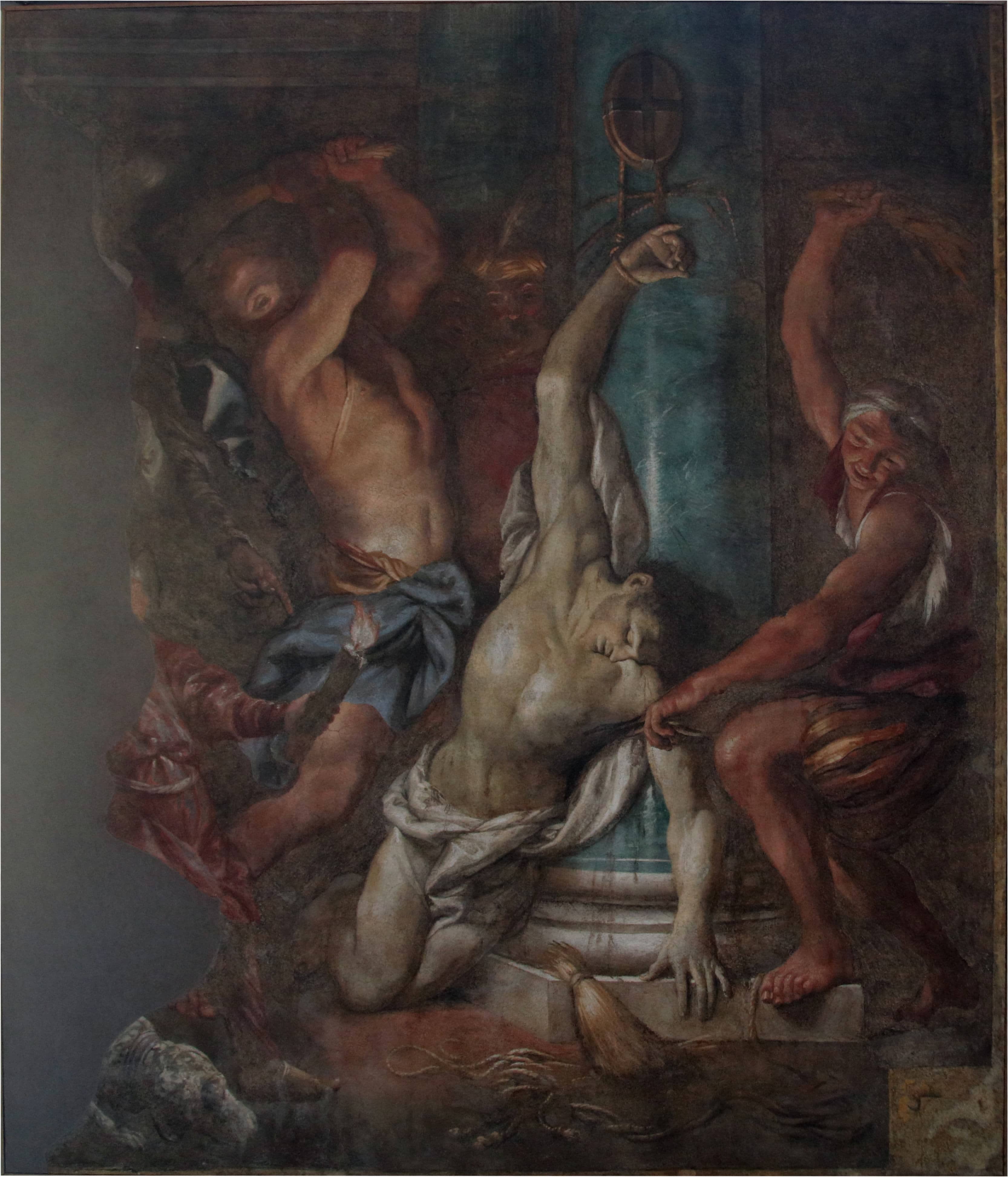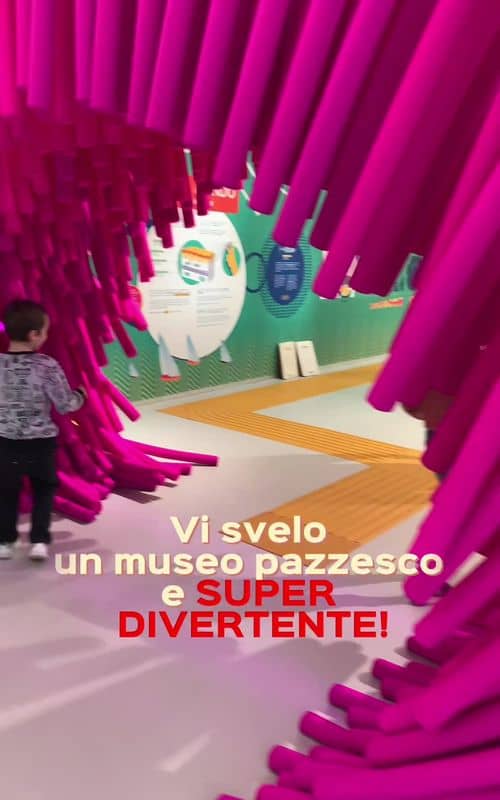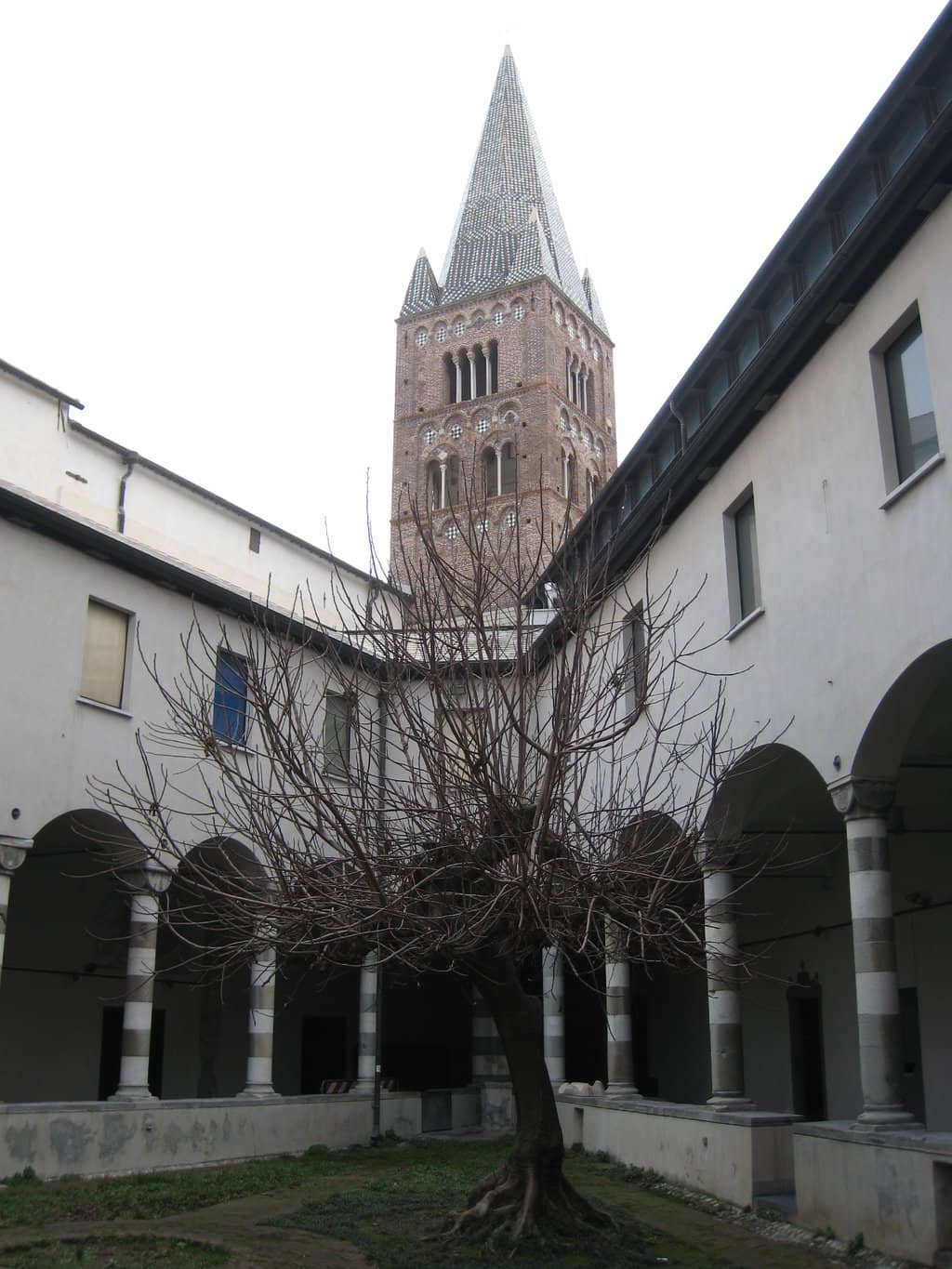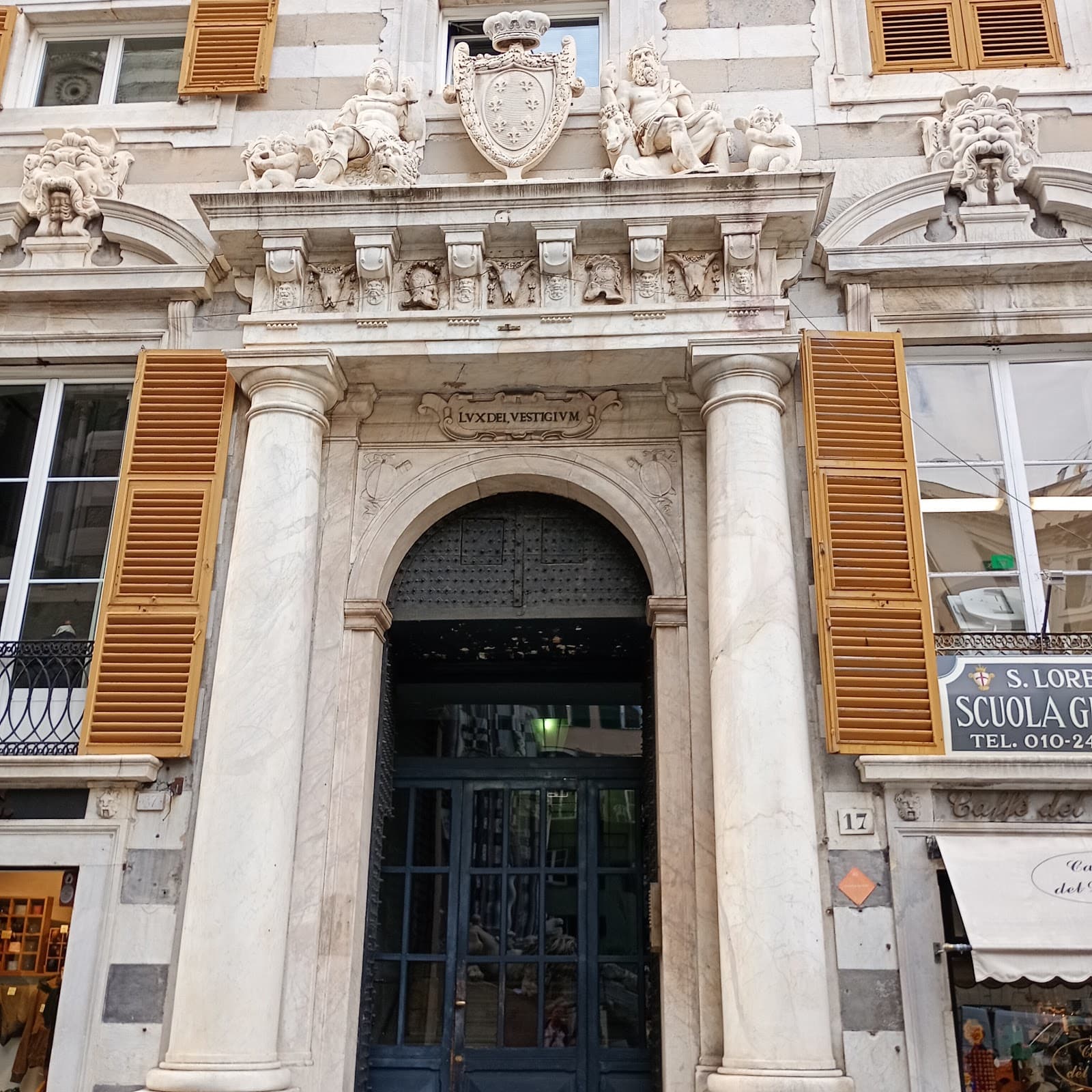
Sant'Agostino Museum
Discover medieval Genoa's art and history in a beautifully restored former convent. A hidden gem for art lovers and history buffs.

Highlights
Must-see attractions

Social
From TikTok & Reddit
Best Time
Fewer crowds, peaceful exploration

Sant'Agostino Museum
Best Time
Fewer crowds, peaceful exploration

Highlights
Must-see attractions
Discover medieval Genoa's art and history in a beautifully restored former convent. A hidden gem for art lovers and history buffs.
"Beautiful and very interesting museum. Don't miss it."

⏳ Allow ample time
Don't rush; immerse yourself in the history and art. Some find the layout could be better, so take your time.
🗣️ Practice your Italian
While staff are friendly, knowing some Italian can enhance your interaction.

Highlights
Discover the most iconic attractions and experiences

Medieval Genoa's Art Treasures
Main exhibition halls
Discover religious art and artifacts, offering insights into Genoa's medieval past. A journey through history.

Restored Convent Architecture
Throughout the museum
Explore the beautifully restored ancient convent complex, a historical gem in Piazza di Sarzano.

Ambrogio Lorenzetti's Maestà
Specific exhibition area
See the rediscovered Maestà by Ambrogio Lorenzetti, a significant piece with a fascinating history.
Plans like a pro.
Thinks like you
Planning Your Visit
Timing Your Visit
Navigating the Collection
Best Times
Insider Tips
from TikTok, Instagram & Reddit
⏳ Allow ample time
Don't rush; immerse yourself in the history and art. Some find the layout could be better, so take your time.
🗣️ Practice your Italian
While staff are friendly, knowing some Italian can enhance your interaction.
🏛️ Appreciate the building
The museum is in a former monastery; enjoy the architecture even if remodelled.
💰 Affordable entry
The six Euro entry fee is well worth the experience and collection.
Tips
from all over the internet
⏳ Allow ample time
Don't rush; immerse yourself in the history and art. Some find the layout could be better, so take your time.
🗣️ Practice your Italian
While staff are friendly, knowing some Italian can enhance your interaction.
🏛️ Appreciate the building
The museum is in a former monastery; enjoy the architecture even if remodelled.
💰 Affordable entry
The six Euro entry fee is well worth the experience and collection.
🗺️ Consider a guided tour
A guided tour can provide deep insights into medieval Genoa and its art.
What Travellers Say
Reviews Summary
Visitors find the Sant'Agostino Museum to be a beautiful and interesting place, offering valuable insights into medieval Genoa's art and history. While some note that the layout and presentation could be improved, the collection is considered well-documented and worth the modest entry fee. The friendly staff and the historical ambiance of the former convent are also frequently praised.
"I was at the guided tour which covers also the sestiere, and by a coincidence it was individual, so I could enjoy listening to a professional guide full of knowledge and asking questions 😊 the collection gives many insights to medieval Genoa. Not a popular place for some reason, but definitely worth it."
Timur Guselnikov
"The collection is rather nice and definitely worth a visit.
The layout and presentation leaves much to be desired. And don't be surprised if a member of staff follows you around during your visit. This is not all that unusual in some of the lightly visited Italian museums and you shouldn't take it personal.
In and out in 75 minutes. Worth the six Euros."
BT home
"Nice collection and well documented."
DAVID SNYDER
What People Like
What People Dislike
Frequently Asked Questions
🚇 🗺️ Getting There
The Sant'Agostino Museum is located in Piazza di Sarzano, Genoa. It's accessible by public transport within the city. Many visitors find it convenient to walk from other central attractions.
Parking in Genoa's historic center can be challenging. It's often recommended to use public transportation or park in a designated parking garage and walk to the museum.
Piazza di Sarzano is well-connected by local buses. Check the Genoa public transport schedules for the most convenient routes from your location.
Absolutely! The museum is in a central area, making it easy to combine with exploring Genoa's historic center, the old port, and other museums.
While the building is a restored convent, accessibility can vary. It's advisable to contact the museum directly for specific information regarding ramps or elevators.
🎫 🎫 Tickets & Entry
Opening hours can vary, especially with special events like the Genoa Medieval Year. It's best to check the official museum website or recent social media posts for the most up-to-date information.
Admission is generally affordable, with a reported price of around six Euros. This offers great value for the collection and historical context provided.
For regular visits, booking in advance is usually not necessary. However, for special exhibitions or guided tours, it's wise to check if reservations are recommended or required.
Information on discounts for students, seniors, or groups is typically available on the museum's official channels. It's worth inquiring if you qualify for any concessions.
Most visitors spend around 75 minutes to 1.5 hours exploring the collection. However, you can tailor your visit to your interest level.
🎫 🏛️ Onsite Experience
The museum houses a significant collection of medieval religious art, including sculptures, paintings, and artifacts from churches and monasteries that no longer exist.
Some visitors have noted that the layout and presentation could be improved. It's recommended to take your time and perhaps use any available museum guides or maps.
Yes, guided tours are often available and highly recommended. They offer deep insights into medieval Genoa and its art, making the visit more enriching.
The museum is located in a former convent, offering a unique historical ambiance. While remodelled, it retains a sense of its past.
Photography policies can vary. It's best to look for signage within the museum or ask staff if you're unsure about taking pictures.
🍽️ 🍽️ Food & Dining
The museum itself may not have extensive dining facilities. However, Piazza di Sarzano and the surrounding historic center of Genoa offer numerous trattorias, cafes, and restaurants.
Genoa is famous for its traditional Ligurian cuisine, including pesto, focaccia, and fresh seafood. You'll find authentic local dishes in many eateries.
Yes, you can find more affordable options like bakeries selling focaccia or small cafes offering quick bites in the streets around Piazza di Sarzano.
Generally, it's not permitted to consume food and drinks inside museum galleries. There might be designated areas, or you can enjoy them before or after your visit.
Genoa has many excellent gelaterias. Ask locals for their favorite spots or explore the charming streets near the museum for a delightful treat.
📸 📸 Photography
Focus on the architectural details of the former convent and the intricate religious artworks. The interplay of light and shadow on the sculptures can be particularly striking.
Flash photography is typically prohibited in museums to protect the artworks from damage. Always check for signage or ask staff.
A versatile lens that can capture both wider architectural shots and detailed close-ups of art would be ideal. A tripod is usually not allowed inside.
The Maestà by Ambrogio Lorenzetti and any well-preserved sculptures or altarpieces are usually highlights for photographers.
Natural light can be beautiful, but the museum's lighting is designed to showcase the art. Consider visiting when it's less crowded to get unobstructed shots.
For Different Travelers
Tailored advice for your travel style
👨👩👧 Families with Kids
To make the visit more enjoyable for younger visitors, consider a guided tour that might offer more interactive storytelling. The relatively short visit time (around 75 minutes) is also suitable for children's attention spans. Pack snacks and water to enjoy outside the museum, as food and drink are generally not allowed inside.
🏛️ History Buffs
Pay close attention to the provenance of the artworks, many of which were salvaged from demolished structures. This aspect highlights the museum's role in historical preservation. Engaging with a guided tour or doing some pre-visit research on medieval Genoa will greatly enhance the experience.
🎨 Art Aficionados
While the presentation might not be as modern as some major galleries, the authenticity and historical significance of the pieces are undeniable. Take your time to observe the craftsmanship and the evolution of artistic styles within the period.
Deep Dives
In-depth insights and expert knowledge
The History of Sant'Agostino Museum
The museum's significance is amplified by its recent reopening and its inclusion in events like the Genoa Medieval Year 2024. It serves not only as a repository of art but also as a cultural hub, connecting visitors to the city's historical narrative. The careful restoration of the convent itself adds another layer of appreciation, allowing visitors to experience the architectural evolution of the space.
Notable pieces within the collection, such as the Maestà by Ambrogio Lorenzetti, highlight the artistic caliber of the period. The museum's existence is a direct result of efforts to preserve art that might otherwise have been lost, underscoring its importance in the cultural landscape of Genoa.
Exploring the Art Collection
One of the standout exhibits is the Maestà by Ambrogio Lorenzetti, a significant work that was lost for centuries before being rediscovered. Its presence in the museum is a major draw for art lovers and historians alike. The collection also features works from various Genoese artists, showcasing the local artistic talent and influences.
While the collection is well-documented, some visitors suggest that the presentation could be enhanced. Nevertheless, the sheer quality and historical importance of the artifacts make the Sant'Agostino Museum a rewarding experience for anyone interested in Italian art history.






Social
from TikTok, Instagram & Reddit